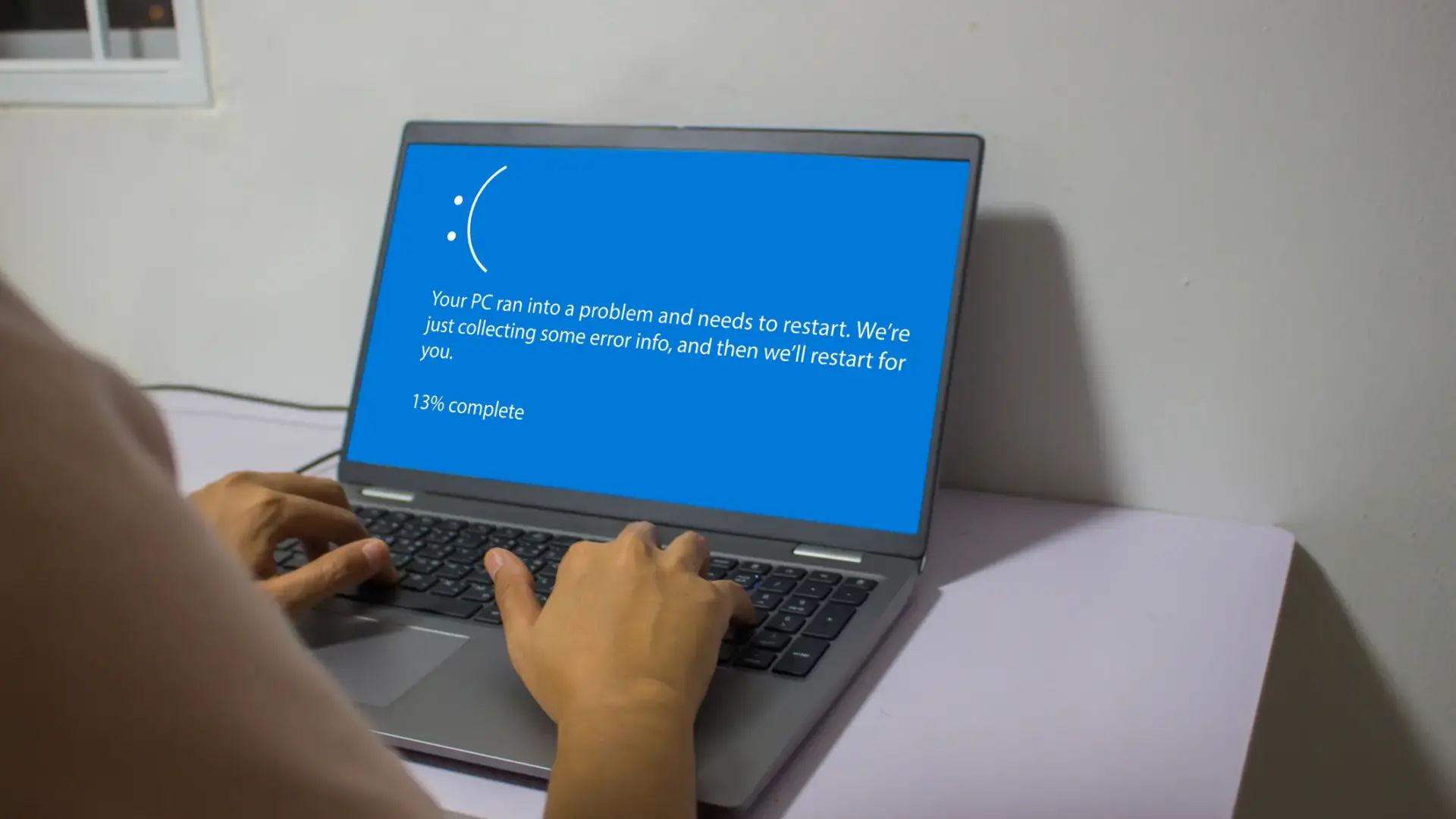CrowdStrike, a company we trust to keep our digital world safe, accidentally broke 8.5 million Windows devices worldwide. All at once. Just one incident. Let that sink in for a second.
Airlines couldn’t fly. Banks couldn’t move money. Hospitals couldn’t treat patients. It’s like someone flipped a giant “off” switch for a quarter of the biggest companies in the world.
Now, I know what you’re thinking. “That’s terrible, but it won’t happen to me.” Stop right there. That’s exactly the kind of thinking that gets us into trouble. Because here’s the truth: if it can happen to CrowdStrike, it can happen to anyone. Including you. Including me.
The numbers are staggering. We’re talking about $5.4 billion in losses – and only a small fraction is covered by insurance. But let’s forget the numbers for a second. Let’s talk about what this means for you, your business, and the people who depend on you.
When your systems go down, everything stops. Your sales team can’t close deals. Your marketing campaigns grind to a halt. Your customers can’t buy. Your reputation takes a hit. And every minute that ticks by is money down the drain.
So what do we do about it?
What businesses need to learn from the CrowdStrike incident
First, we need to accept that stuff will break. It’s not a question of if, but when. The companies that came out of this mess the best weren’t the ones who never have problems. They were the ones who were prepared to deal with problems quickly and effectively.
How to prepare your IT processes and incident response plans
Second, we need to get serious about our processes. “Process” can sound boring. But you know what’s really boring? Having your entire business grind to a halt because of a bug you could have caught.
At Clockwork, we’ve learned that the path to reliable tech isn’t about making huge, sweeping changes. It’s about small, steady improvements. It’s about testing thoroughly. It’s about clear and frequent communication. It’s about building redundancy into your systems.
Here’s what that looks like in practice:
Clear communication channels
We maintain open lines of dialogue with our clients, ensuring that any concerns or anomalies are quickly identified and addressed.
Robust incident response plans
We develop and regularly update detailed playbooks for various scenarios, ensuring swift and effective action when – not if – issues arise.
Comprehensive testing
We conduct thorough testing at every stage, from development to deployment. This includes not just functionality tests, but also stress tests and security audits.
Built-in redundancy
We design systems with fallback options, allowing for quick recovery in case of failures.
Incremental implementation
We roll out changes gradually, starting small and scaling up. This approach allows for early detection of issues before they can impact the entire system.
Continuous improvement
We conduct regular reviews and post-mortems, constantly refining our processes based on real-world experiences and emerging best practices.
For you sales and marketing leaders out there, this means your systems are less likely to crash when you’re in the middle of a big campaign. For you IT and digital folks, it means fewer late-night emergency calls.
We get it. This stuff isn’t as exciting as AI. It’s not the kind of thing that gets you excited to jump out of bed in the morning. But it’s necessary and it’s what separates the businesses that last from the ones that crash and burn.
Building resiliency against IT incidents
Here’s my challenge to you: Take a hard look at your tech setup. Are you cutting corners? Are you hoping everything will just work out? If so, it’s time for a change. Not next quarter. Not next month. Today.
Because in this digital world we live in, we’re all in the tech business. Whether we like it or not. The CrowdStrike incident is our wake-up call. Let’s not hit the snooze button.
Remember: Excellence in process leads to excellence in outcomes. Commit to the journey, and the destination will follow.
We’re here to help you every step of the way. Because when you succeed, we succeed. And together, we can build a more resilient digital world.




